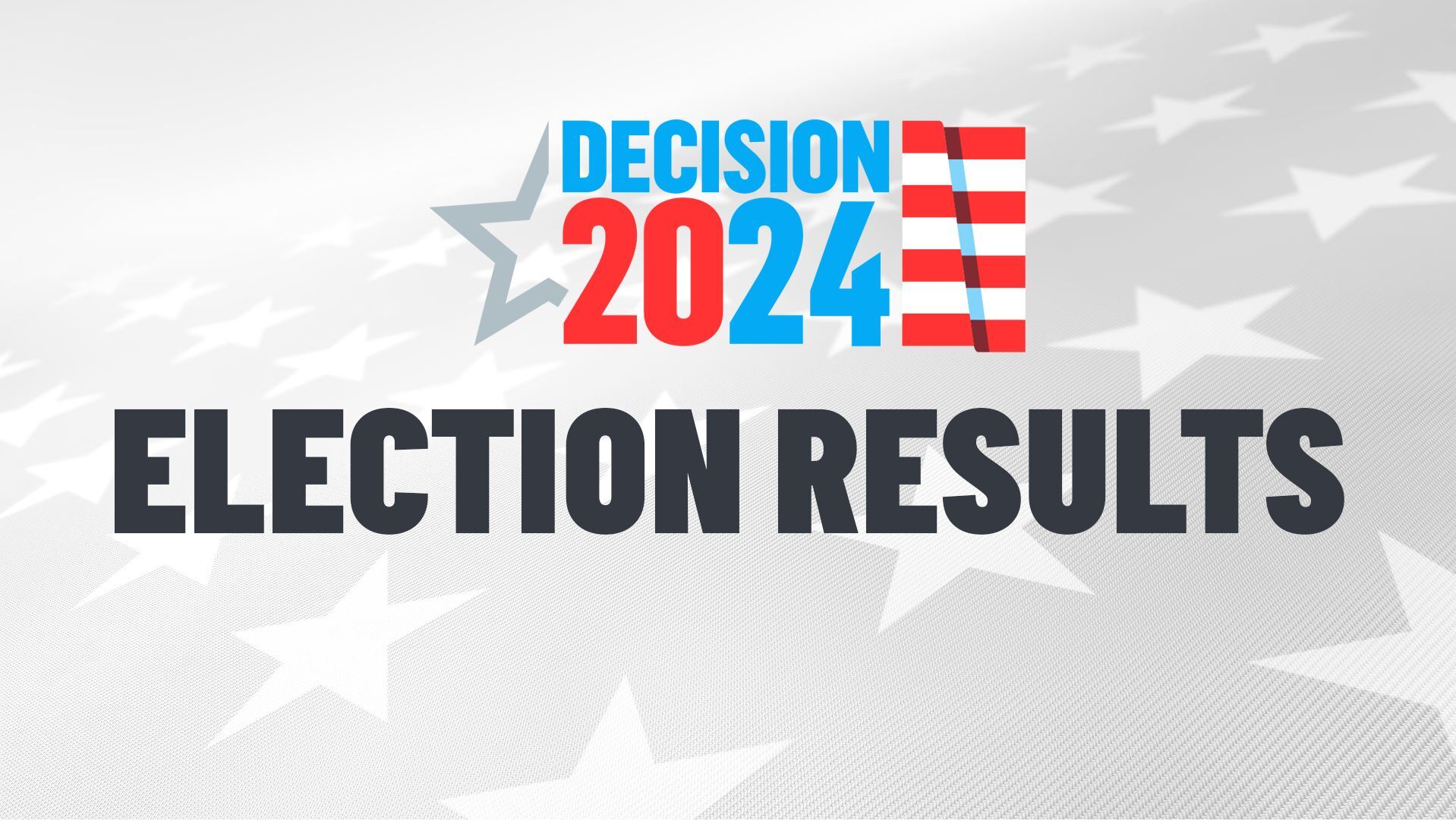Leaders from the San Diego Unified School District were outside UC San Diego's iconic Geisel Library on Tuesday, where the city's schools unveiled plans to test students and staff for the coronavirus.
Also in attendance at the announcement, which was made on-campus to highlight the district's partnership with UCSD for testing California's second-largest school community on a bi-weekly basis, were members of the San Diego Education Association. The testing plan is expected to cost the district nearly $5 million, officials said, and would operate through the end of the 2020-21 school year at the end of June.
“This agreement represents the best of San Diego, where we understand the importance of coming together to tackle big problems,” San Diego School Board vice-president Richard Barrera said in a news release issued on Tuesday.
SDUSD's nearly 100,000 students and approximately 10,000 associated teachers and support staff would take PCR tests twice a month at a cost of roughly $80 per person per month, authorities said. Students will still be compelled to submit to daily health screenings prior to admission to campuses.
“This testing program is an essential part of our plan to continue teaching students in the middle of a global pandemic,” Superintendent Cindy Marten was quoted in the same news release. “The science is clear. We can prevent 90 percent of disease spread at schools simply by putting in place a robust testing program like the one we are announcing today.”
Local
The district currently has 43 testing sites set up for employees, including two on the campuses of Rosa Parks and Central elementary schools, in the Fairmount Village and the nearby Teralta West neighborhoods, respectively. The district also plans to create a new position for an executive director of nursing and wellness to manage the testing regimen.
The family of any student found to test positive will be asked to work with contact tracers to identify and quarantine others who may be infected. Also, the district would work with the county to determine who else would be required to quarantine if the ill student had attended in-person classes.
"We know there are gonna be cases," said school board president John Lee Evans. "There's never going to be a situation where there are no cases. So where we can -- quickly isolate individuals who do have a positive test."
Entire schools would shift to distance learning if either of the following criteria were met, according to the district:
- Two or more cohorts/groups each have two or more students or staff members who have been identified as COVID-19+ during a 14-day period
- Five percent or more of the teachers/student/staff at the school site have been identified as COVID-19+ within a 14-day period
District officials have not yet decided whether to making the testing mandatory.
What the district is most trying to avoid with the aid of testing is pinballing between in-person and distance learning.
"What we want is for every step ... to be a solid step forward," Marten said. "No steps forward and then steps back. We want to move forward and protect the health and safety of all of our students and staff members," adding, "we don't want to reopen on Tuesday and then have to close again on Wednesday, and testing is a critical part of this."
One parent who NBC 7 spoke with on Tuesday was glad to hear about the testing program.
"If all those things were in place, I would feel a lot safer," Andrea Schneider said.
The announcement Tuesday was made in the wake of the state lowering San Diego County into the more-restrictive purple tier, effectively ending, just as the weather is cooling, indoor operations at restaurants, houses of worship, and gyms and fitness centers. That news will have an effect upon the district's plans to move to Phase 2 of its reopening plan, since officials have said that any such progress would be delayed by a move into the purple tier.
The district began Phase 1 in mid-October, which constituted appointment-based in-person instruction on elementary school campuses for "students with the greatest needs," as the district described them. The plan was to begin rolling out Phase 2 in late-October, though that schedule was later adjusted to have students "return to onsite learning in January providing county status permits."
Under Phase 2, students from kindergarten through fifth grade would return to campus four days per week, Mondays through Thursdays, either in a morning session or an afternoon session. Fridays would be set aside for online check-ins and "independent asynchronous learning."
Webster's dictionary defines "asynchronous" as "digital communication in which there is no timing requirement for transmission and in which the start of each character is individually signaled by the transmitting device." So, essentially, it would be classtime on demand.
To help with social distancing and limiting contact-exposure, morning students would sit at every other desk, which would be separated by Plexiglas panels. Then, in the afternoon, children would sit in the desks that were empty in the mornings.
"San Diego Unified’s reopening plans include strict measures that are designed to prevent the spread of COVID-19 in our schools and to our community,” district physician Dr. Howard Taras, who is associated with UCSD's Department of Pediatrics, said in Thursday's statement. “We continue to rely on the expertise and collaboration of my UCSD colleagues and public health officials.”
Older students, in 6th grade through 12th grade, would return to campus in Phase 2 for two days per week, with half of them attending in person on Mondays and Tuesdays, and the other half on Wednesdays and Thursdays. Students would attend six hours a day of on-site instruction and two hours of flex time. Fridays would be set aside for online learning for older students as well.
Of course, any student who wishes to continue distance learning rather than returning to campus has that option if their parents request it.
Plans are under way for the city school board to debate the merits of the testing program Tuesday night at the board meeting. If approved, the district would begin on-site testing of students already in Phase 1. Marten said on Tuesday morning that she expected to begin with 10 schools in November and December.
The, if the county has moved back to the less-restrictive red tier in January, testing would be rolled out for students returning to campuses for Phase 2.



